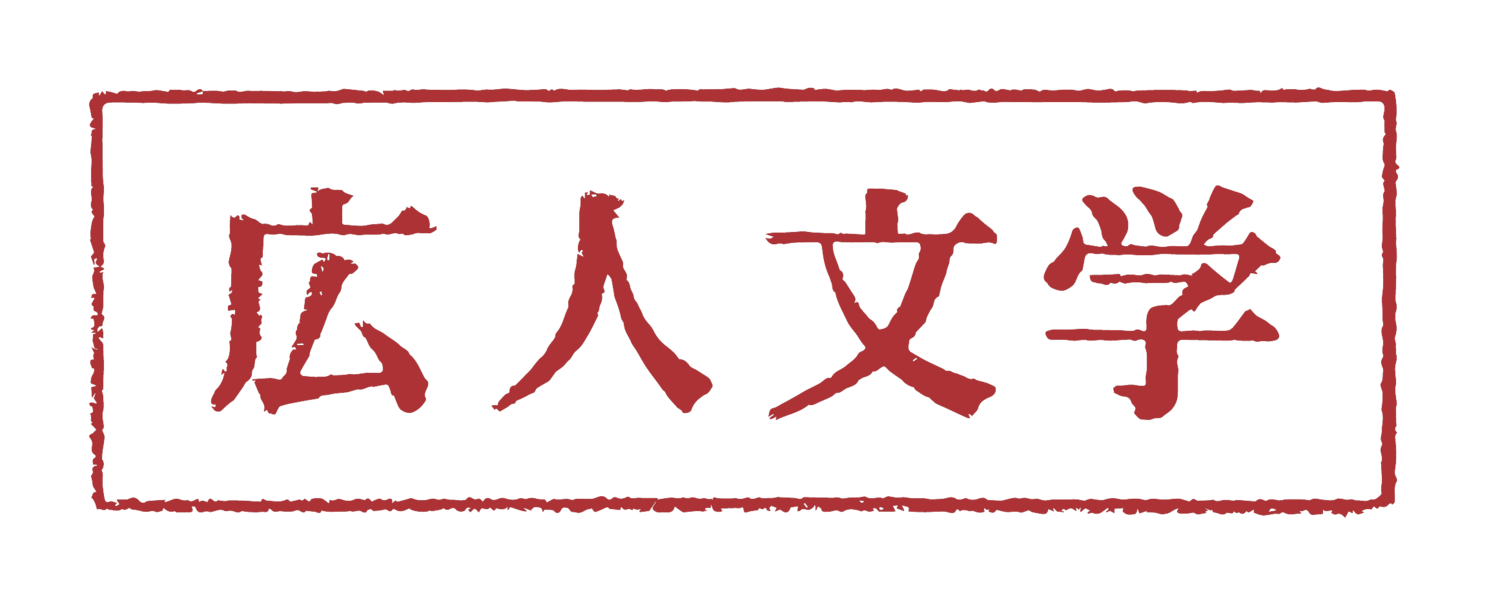Kyushu University QR Young Scholar Workshop
“Crossing Borders: Memory and Material in the Trans-Asian Context”
sponsored by
Event Overview
March 4th, 2021
10am - 12pm
Defining Refugees: Tatar Muslims in Prewar Japan
避難民の成り立ち―戦前日本におけるタタール系イスラーム教徒の受け入れについて
Dr. KANAHARA Noriko
Waseda University Global Japanese Studies SGU Junior Guest Researcher
Tohoku University Graduate School of Intercultural Studies Research Fellow
This presentation concerns the history of Islam in Japan, and particularly the question of how Tatar Muslims from Central Russia were received as refugees by the Japanese state in prewar Japan. For the Japanese state, I argue, it was ideology (shisō) that determined whether and how a given refugee group would be received in Japan. When Tatar Muslims fled to Japan from the former Russian Empire in the wake of Revolution, then, Japanese officials sought ways to use them on account of their commitment to the transnational religion of Islam and at the same time placed them under surveillance because of their potential affiliation with Soviet Communism. In this talk, I attempt to show an aspect of how in the 1920s and 1930s, how global movements of ideologies, religions, and refugees affected the way in which Japanese officials determined acceptable ways of being refugees in Japan.
March 19th, 2021
10am - 12pm
Revisiting Nara Period Techniques: Reproduction of the Eleven-Headed Kannon at Shōrin-ji Temple (in Japanese, with English interpretation)
よみがえる奈良の技ー聖林寺十一面観音の模刻研究 (英語逐次通訳付き)
朱 若麟 ZHU Ruolin
東京藝術大学文化財保存修復彫刻研究室博士課程
Zoom pre-registration link: https://tinyurl.com/2bq45ho7
奈良県聖林寺十一面観音立像は、日本で最初に国宝に指定された仏像の一つである。およそ1300年前天平時代に造られた。本像は木心乾漆造という木や漆などの植物系の材料を用いる技法で造られている。その技法は7-8世紀東亜で隆盛したが、現在日本にしか残ってない。本研究は最新の科学調査(3Dスキャンニング)により得られた情報に基づき、造像当初の構造技法と材料を用い模刻制作を行うことで、本像が造られた当時の姿勢改変などを解明した。
The Standing Statue of the Eleven Headed Kannon in Shorinji Temple in Nara Prefecture is one of the first Buddhist statues designated as a National Treasure in Japan. It was erected during the Tenpyo Era about 1,300 years ago. For this statue, plant materials such as trees and lacquer were used, with a mixture of lacquer and tree bark powder applied to the statue’s wooden core and the layer carved off the surface. This technique was both common and popular during the 7th and 8th centuries in East Asia, but exists today only in Japan. For this study, the statue was replicated using the techniques and materials of the time based on the original statue’s structural information obtained through the latest scientific research, namely 3D scanning, in an attempt to uncover the statue’s production techniques, such as posture adjustment, used in the ancient Tenpyo Era.
March 27th, 2021
5pm - 8pm
Zoom Pre-Registration Link: https://tinyurl.com/2smx7mdf
In English, with Japanese interpretation 日本語同時通訳
CHEN Liang (University of Vienna)
The Seven Sages of the Bamboo Grove: The Canonization of a Pictorial Theme in Brick Reliefs during the Southern Dynasties
[磚画竹林七賢の研究:南朝における絵的モチーフの「経典化」について]
Commentator: MIYAMOTO Kazuo
In 1960, archaeologists discovered the first piece of a set of brick reliefs in a tomb occupied by a diseased aristocrat of the Southern Dynasties in Gongshan near Nanjing, China. Across the walls, those reliefs compose an image known as the Seven Sages of the Bamboo Grove, seven famous literati active around the year 240 who often gathered to converse, drink wine and play music, and Rong Qiqi, the renowned hermit and philosopher of the Spring and Autumn period. Following that discovery, archaeologists also found seven examples under the same theme in tombs of the same period, including at Xiantangwan, Jinjiacun, Wujiacun, Shizigang, Tiexinqiao and Shizichong, in the regions of Nanjing and Danyang—two culture centers of the Southern Dynasties. All of them are sizable brick tombs built for royal figures. Not only are the subjects of these brick reliefs the same, but also they are designed and constructed in similar ways, which indicates that the same set of molds would have been used, transmitted, partly lost, and then mended and changed. This talk focuses on the transfer of the design across different media by addressing the following issues: 1) ways of production, i.e. how these brick reliefs were produced, numbered, and built; 2) dating and author, i.e. when the first brick relief of this subject was introduced into the tomb and who invented the original design; and 3) the canonization of the Seven Sages theme, i.e. why this pictorial motif was introduced into the tomb context.
Dr. CHOI Sun-ah (Myongji University)
Avalokiteśvara Statues at Sennyuji and Bogwangsa: Visual Evidence of the Mt. Putuo Cult in Kamakura Japan and Goryeo Korea
[泉涌寺と普光寺の観音菩薩像 – 鎌倉および高麗における普陀山信仰の証拠]
Commentator: IDE Seinosuke






